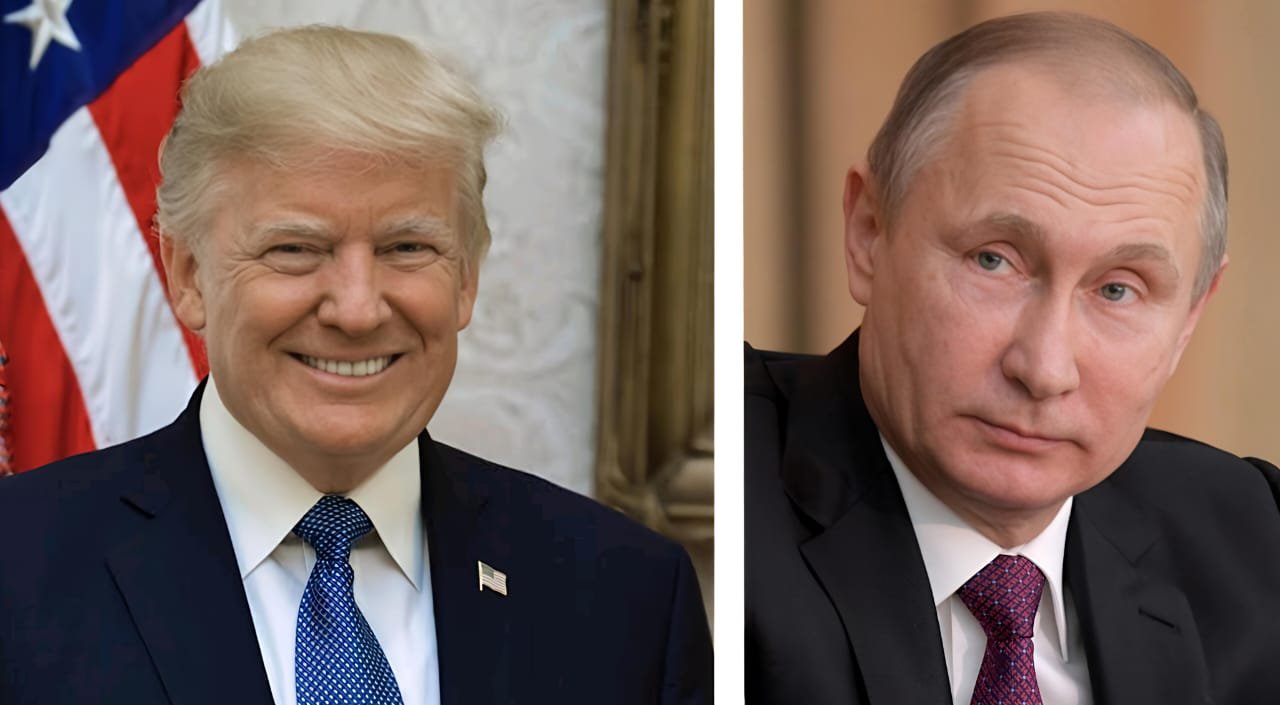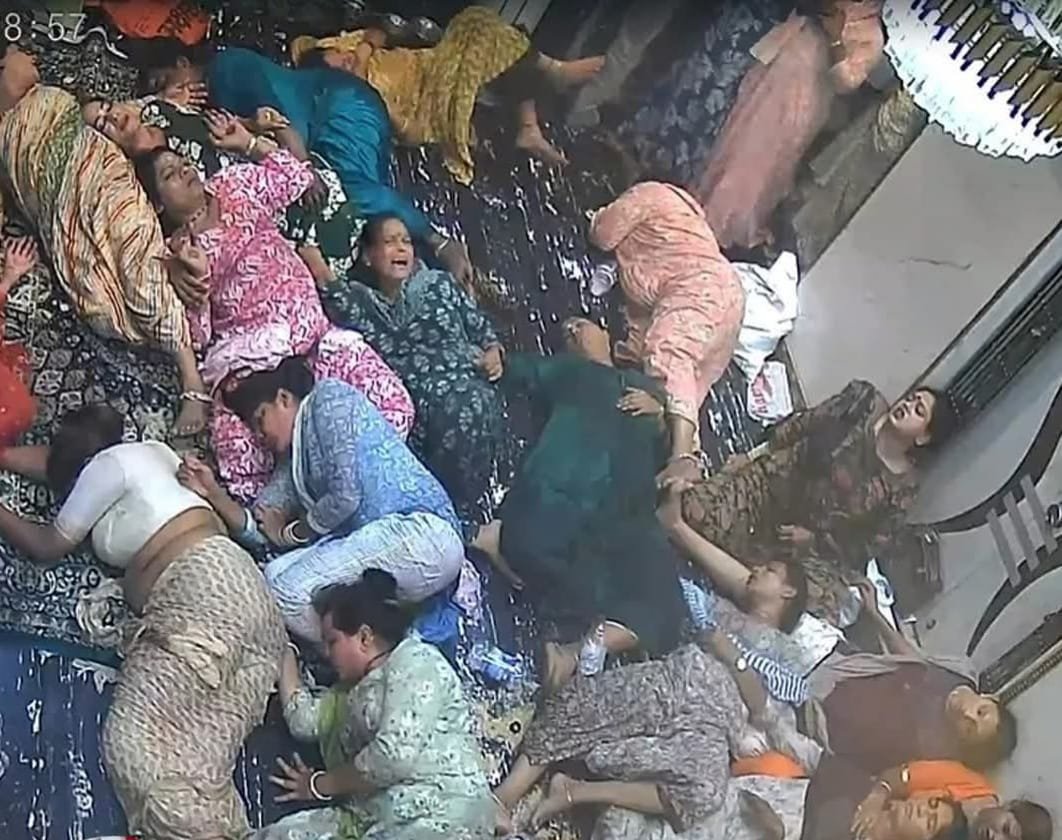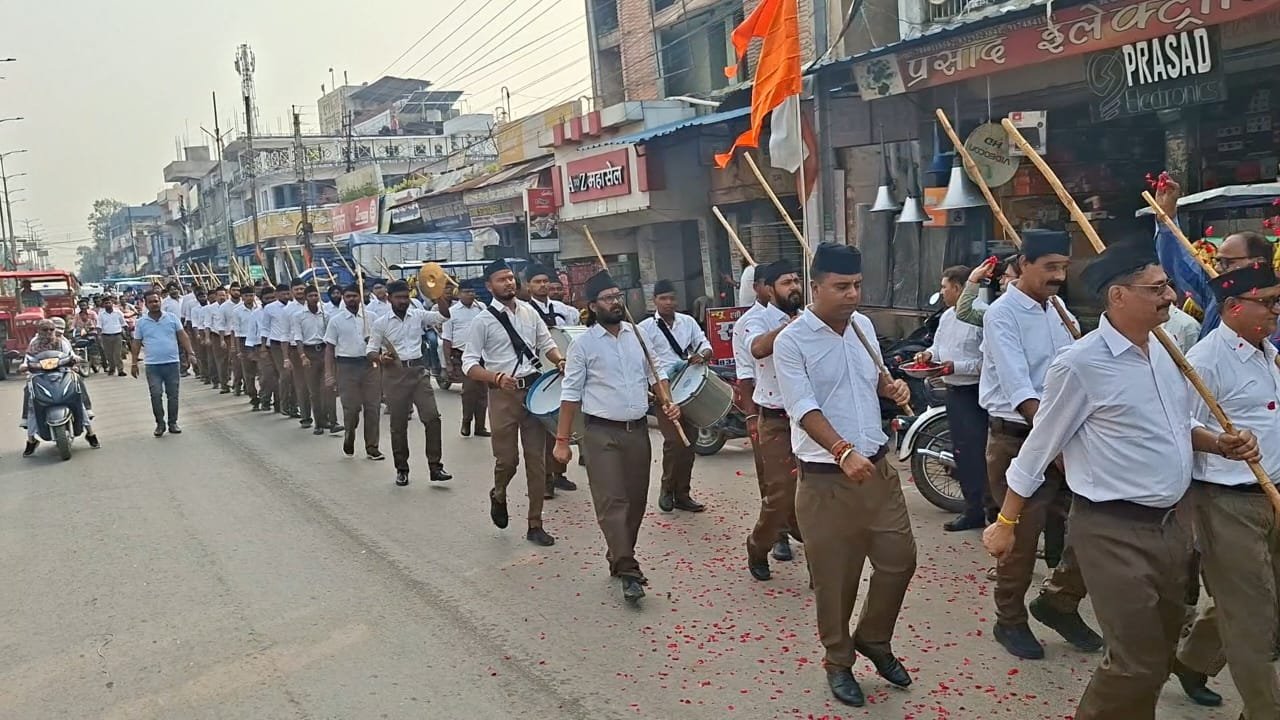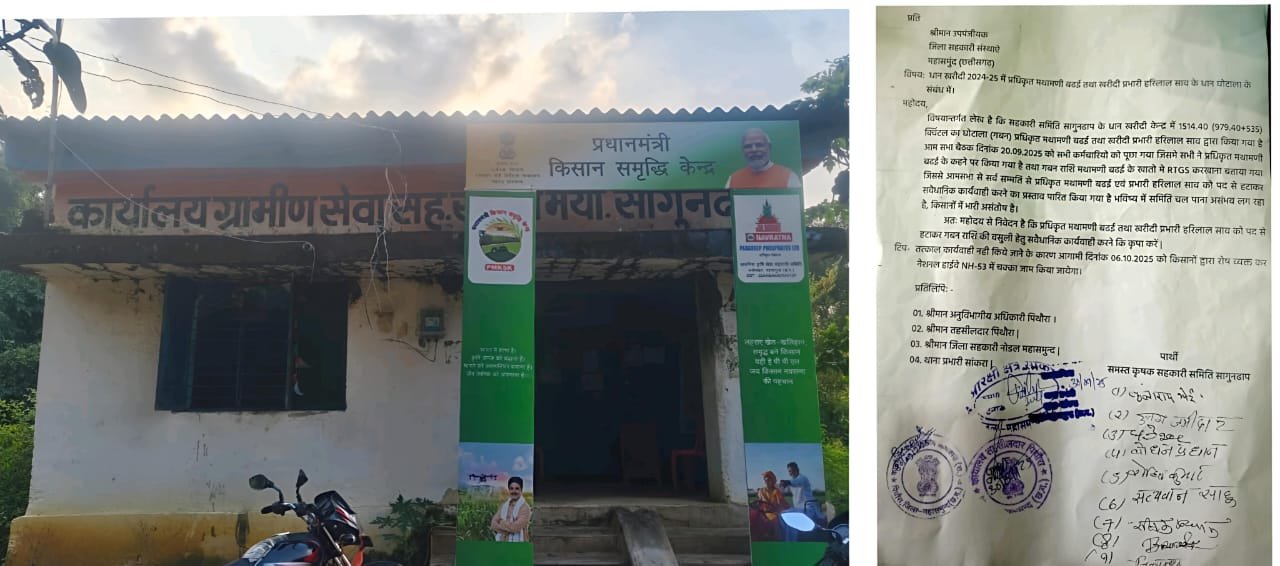“Showdown in Alaska: Trump–Putin Face-Off Could Decide the Fate of the Ukraine War”
In a move that has sent shockwaves through diplomatic corridors worldwide, U.S. President Donald Trump and Russian President Vladimir Putin are set to meet next Friday in Alaska—a location both strategic and symbolic, perched between East and West. The stated agenda is nothing less than monumental: the future of the war in Ukraine.
Trump announced the meeting on August 15 via his Truth Social platform, while the Kremlin later confirmed the talks. Dmitry Peskov, Putin’s spokesperson, described Alaska as “quite logical” due to its geographical proximity to Russia. But beyond the geography lies a geopolitical gamble that could alter the balance of power in Eastern Europe—and perhaps the entire world.
Ukraine’s President Volodymyr Zelensky has already drawn a hard line: any solution, he insists, must involve Ukraine directly. “We are ready to work with all partners for a lasting peace,” Zelensky declared, “but no one can ignore the Ukrainian Constitution. Ukrainians will not surrender their land to the occupiers.”
Just hours before the announcement, Trump had hinted at a potential compromise—one that could see Ukraine ceding some of its territory to Russia in exchange for peace. “We’re looking at land that’s been fought over for three and a half years,” Trump said at the White House. “A lot of Russians have died. A lot of Ukrainians have died. We’re trying to get something back, trade something—it’s not simple.”
While Trump kept details deliberately vague, CBS News—citing White House sources—reported that Washington has been quietly pushing European leaders toward a deal granting Russia control over the entire Donbas region and Crimea. In return, Russia would withdraw from partially occupied Kherson and Zaporizhzhia.
The Wall Street Journal had earlier revealed that Putin floated a similar proposal during a private meeting in Moscow with Trump’s envoy Steve Witkoff. Such a deal, however, faces steep resistance: Zelensky has rejected any territorial concessions, and many European allies view them as de facto Ukrainian surrender.
On Saturday, Zelensky doubled down on Telegram: “Any solution against Ukraine or without Ukraine is a solution against peace.” Yet he reiterated readiness for “real and lasting peace, one that cannot be broken at Russia’s whim.”
White House insiders say the Alaska summit’s agenda remains flexible—and that Zelensky could participate in some form. For now, both Ukrainian and Russian forces remain deadlocked: Moscow still controls roughly 20% of Ukrainian territory, but has failed to achieve decisive military breakthroughs; Kyiv’s counteroffensives have likewise stalled.
Past peace talks—in Istanbul and elsewhere—have collapsed over irreconcilable demands. Russia insists Ukraine must adopt “neutral” status, drastically reduce its military, abandon NATO ambitions, and secure the lifting of Western sanctions. It also demands Kyiv withdraw troops from four partially occupied southeastern regions and disarm local forces.
Despite these entrenched positions, Trump believes a breakthrough is possible. “European leaders want peace. I think President Putin wants peace. And I think Zelensky wants peace,” he told reporters. “President Zelensky should get everything he needs, because he’ll have to sign something.”
Trump has long styled himself as a dealmaker capable of ending the war quickly. In a local news interview last month, he revealed that he had seen “four possible opportunities” to strike a peace deal since Russia’s February 2022 invasion. “I’m disappointed in Putin,” he admitted, “but I haven’t totally broken with him.”
In recent weeks, however, Trump’s rhetoric toward Moscow has hardened. He had set an August 8 deadline for Russia to agree to a ceasefire, warning of “massive new sanctions” if it failed to comply. Yet as that deadline approached, sanctions talk faded and focus shifted to face-to-face diplomacy.
The White House has made no announcement of fresh sanctions since Friday. Instead, preparations are underway for what could be the most consequential U.S.–Russia meeting in years. The last time Putin met a U.S. president in person was with Joe Biden in Geneva, 2021—long before the current war erupted.
The stakes in Alaska are colossal. For Ukraine, the wrong deal could mean permanent loss of territory and national dignity. For Russia, the talks could cement its gains—or open the door to retreat under international scrutiny. For Trump, it’s a chance to deliver a foreign policy triumph ahead of an election year—or risk being branded a leader willing to trade away another nation’s sovereignty for political capital.
And for the world? It’s a high-stakes gamble where a handshake in Alaska could either end one of the bloodiest European conflicts since World War II—or set the stage for its next, deadlier chapter.
Next Friday, the eyes of the globe will be fixed on Alaska. What unfolds there could redraw the map of Europe, reset U.S.–Russia relations, and define the legacy of three presidents—Trump, Putin, and Zelensky—in one extraordinary moment of history.















